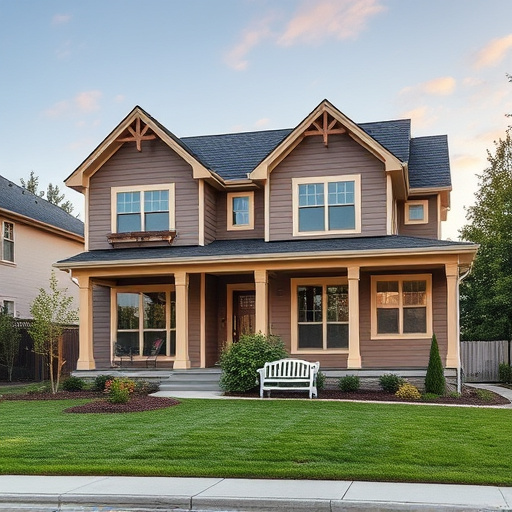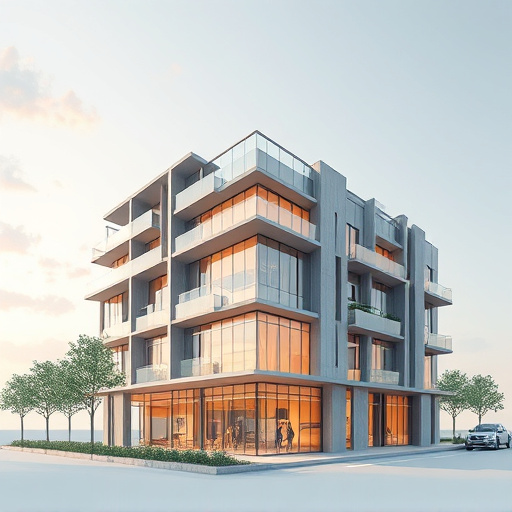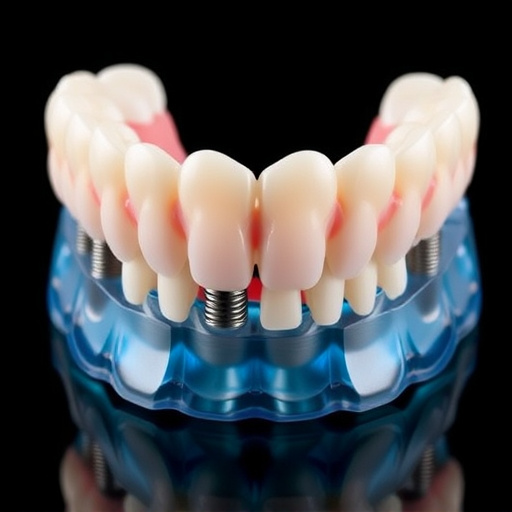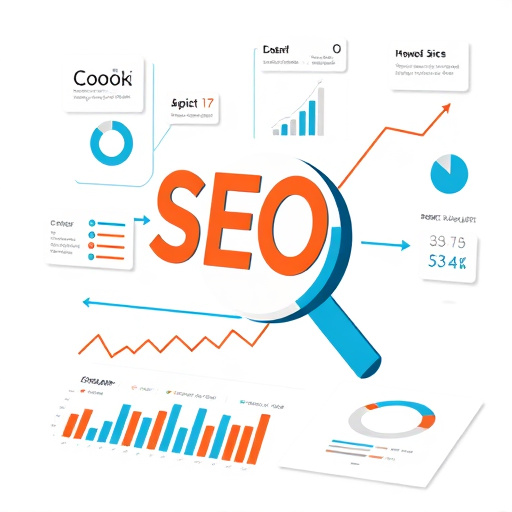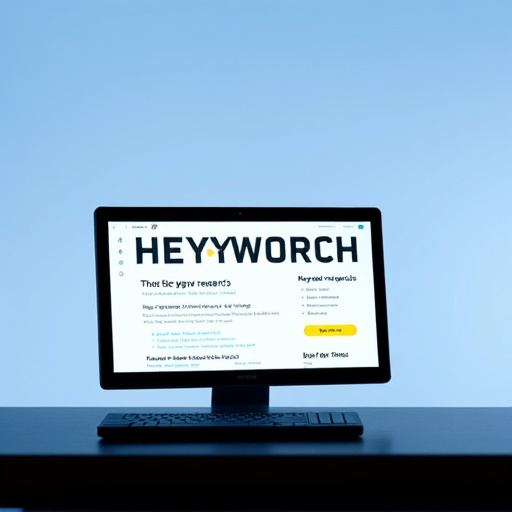Before designing a custom website, define its purpose and target audience. Plan site structure with essential pages, optimize content for SEO, and prioritize visual branding harmony. Integrate brand elements seamlessly for a cohesive marketing strategy. Optimize speed for user satisfaction and search rankings. A well-designed, on-brand site enhances engagement and drives conversions.
Planning a custom website design from scratch is an exciting yet meticulous process. To create an impactful online presence, define your site’s purpose and understand your target audience first. Next, outline key pages and content structure to guide development. Visual design elements and branding considerations follow, ensuring your site aligns with your brand identity. By systematically addressing these aspects, you’ll build a custom website that captivates users and drives results, solidifying your online presence.
- Define Your Website's Purpose and Target Audience
- Outline Key Pages and Content Structure
- Visual Design Elements and Branding Considerations
Define Your Website's Purpose and Target Audience

Before jumping into the creative process of designing a custom website from scratch, it’s crucial to define its purpose and understand your target audience. This foundational step ensures that your site aligns with both your business goals and user expectations. Consider what you want visitors to take away from their time on your page—whether it’s making a purchase, signing up for a newsletter, or simply consuming informative content. For instance, an e-commerce store’s website design will differ vastly from that of a non-profit organisation or a local café.
Identifying your target audience is equally vital. Think about their demographics, interests, and online behaviour. The digital marketing landscape in Dallas is competitive, so understanding who you’re trying to reach will help you tailor your site to boost local search visibility. A professional web design should reflect your brand’s identity while catering to the specific needs and preferences of your audience, ultimately creating a user-friendly experience that encourages engagement and conversions.
Outline Key Pages and Content Structure

Before jumping into the design process, it’s crucial to define your website’s core functionality and user journey through a structured content plan. Start by outlining key pages essential for your custom website design. This typically includes a home page, about us, services or products pages, blog (if relevant), contact us, and any other pages specific to your business needs. A well-planned sitemap ensures that the navigation is intuitive and users can find what they’re looking for effortlessly.
Consider the content hierarchy and how information will flow from one page to another. This structural foundation not only facilitates seamless user experience but also plays a significant role in boosting local search visibility through strategic keyword placement, meta descriptions, and optimized content, which are all enhanced by professional SEO audit services tailored for digital marketing Broward.
Visual Design Elements and Branding Considerations
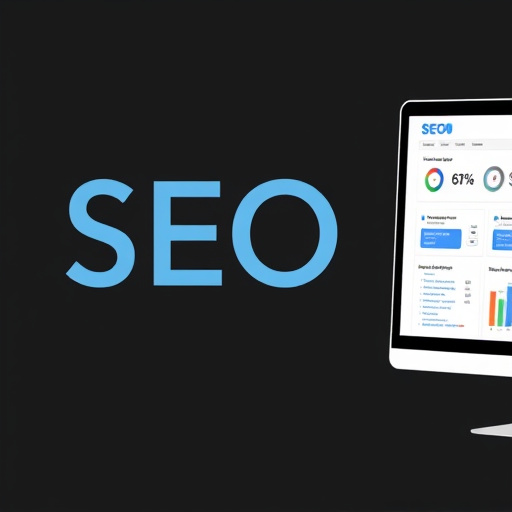
When planning a custom website design from scratch, visual design elements and branding considerations are paramount. The visual aspects of your site, including typography, color schemes, imagery, and overall aesthetics, significantly impact user experience and engagement. Start by defining your brand identity through consistent use of colors, logos, and fonts that reflect your business’s personality and mission. Think about the emotions you want to evoke in visitors; modern and clean lines might appeal to tech-savvy audiences, while warmer tones and organic textures could resonate with local businesses looking for a more inviting atmosphere.
Incorporating branding elements seamlessly into your custom website design ensures a cohesive digital marketing strategy. Remember that your website is often the first point of contact for potential customers in the local business online marketing landscape. A visually appealing and on-brand site not only captivates visitors but also enhances credibility. Additionally, consider website speed optimization to ensure your site loads quickly, as this factor directly influences user satisfaction and search engine rankings. A well-designed, optimized site with strong branding will leave a lasting impression, encouraging users to explore further and potentially convert into loyal customers.
Creating a custom website design from scratch involves strategic planning and attention to detail. By defining your site’s purpose, understanding your target audience, outlining key pages, and incorporating effective visual design elements while aligning with your branding, you lay the foundation for a successful online presence. Embrace this process as an opportunity to showcase your unique value proposition through a tailored digital experience that captivates and converts visitors into loyal customers.
